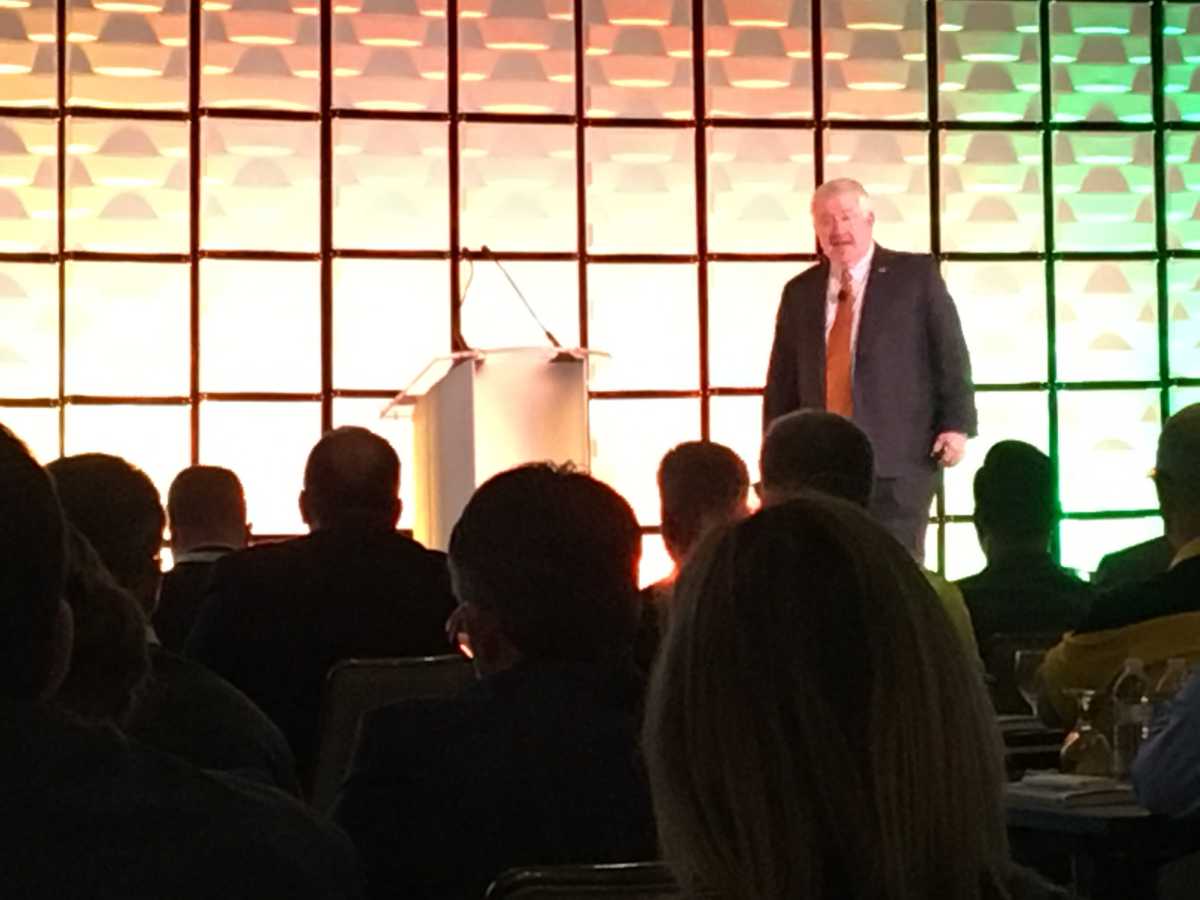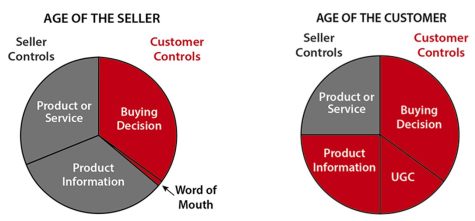[related]Are you still using “age of the seller” practices to target customers? If so, says small business advocate Jim Blasingame, you don’t know how to sell technology.
During a keynote at the 2018 NSCA Business & Leadership Conference Jim Blasingame, known as Small Business Advocate, stood in front of 400 people who sell technology and challenged them to rethink how to sell technology in the “age of the customer.”
The transition from the “age of the seller” to the “age of the customer,” as Blasingame describes it, began around 1993 when the Internet became part of your customers’ lives. The “age of the customer” has proliferated pretty much since then as user-generated content has become omnipresent. (See graph below.)
“If you’re buying something online, how often do you look at reviews? Try every time. People are 70 percent more likely to believe what somebody said in a review than your marketing message,” he told the BLC crowd.
In the old days of the “age of the seller” word of mouth was a pretty minor factor in purchasing decisions. Now, user-generated content (UGC) is extremely influential. “This should scare you a little,” he told integrators in the audience.
After his 2018 NSCA BLC keynote, Blasingame sat down with AVI-SPL senior VP of sales Dale Bottcher to talk about how this paradigm shift in how to sell technology.
Here are some takeaways:
This may be old news, but it matters now.
“The age of the seller is 10,000 years old. It’s going away,” Blasingame said. “The age of the customer is about 25 years old. It’s not going away.” The resulting shift has an earthquake effect, he told Bottcher. That’s what happens when a 10,000-year-old AV business model is rendered irrelevant.
You no longer own the message about your solution.
During the “age of the seller” the buyer only owned one thing – the buying decision. The seller had the luxury of creating and owning the message about their product or service. Now, in the “age of the customer” the customer still gets to own the buying decision while also at least co-owning the message, Blasingame told Bottcher.
Has your sales strategy evolved?
This shift is disrupting the marketplace because businesses’ targets have changed. A lot of AV businesses “don’t understand why their sales people aren’t selling more,” Blasingame said. “It’s because their sales people are still using age of the seller practices to go after customers who have age of the customer expectations.”
It’s time to re-prioritize.
The shift from age of the seller to age of the customer “changes everything because we used to be able to focused on price, product, service,” Blasingame said. “Now that’s second.”
You still have to make those cases, he said, but first it’s important for the seller to focus on what the buyer cares about , what their experiences are like and whether or not they’re conveying the right values. Customers, Jim Blasingame said, “want to do business s with people whose values [they] associate with.”
These are human being values, he added, so it shouldn’t be hard for an AV business and sellers to identify them. It’s something they should prioritize.
After all, the small business advocate said, “Customers are ruling you in or out based on whether you’re relevant to them long before whether they know your price is right or not.”











